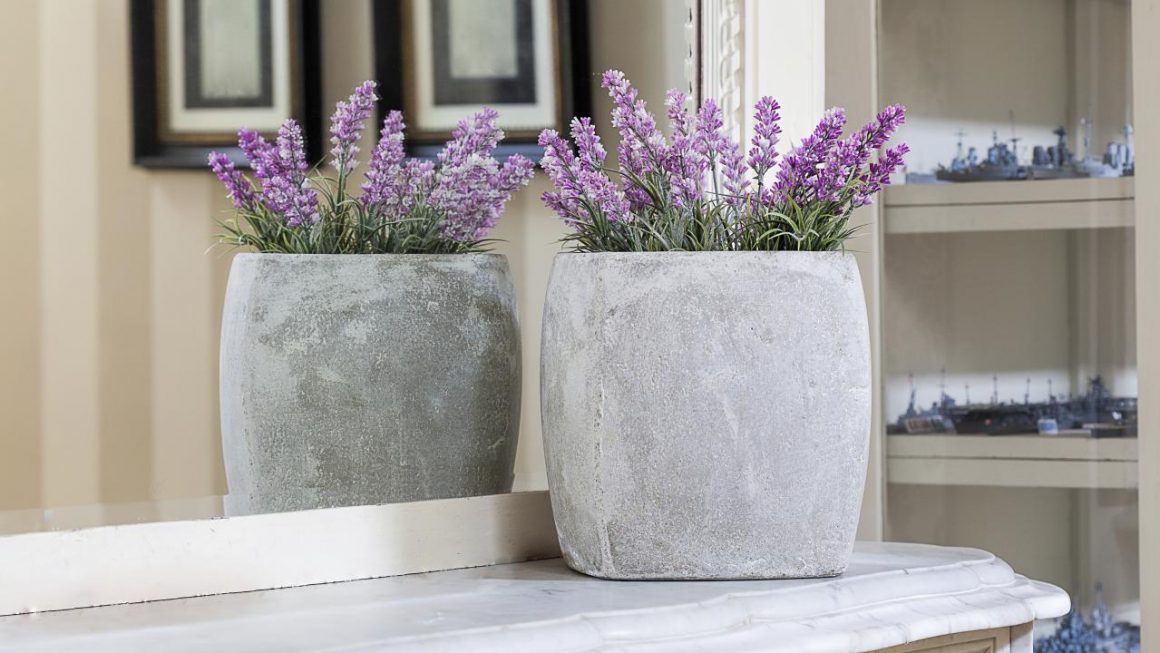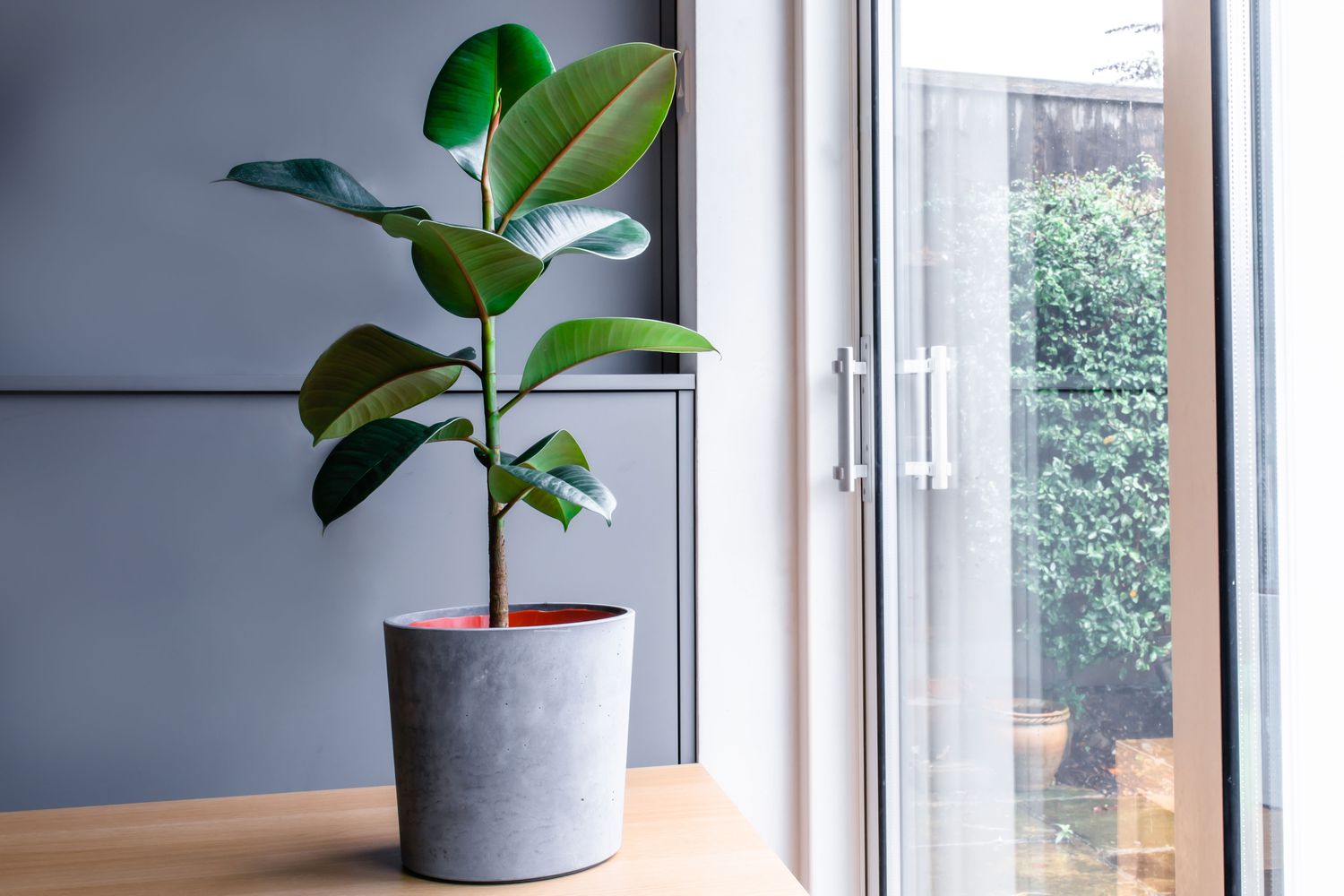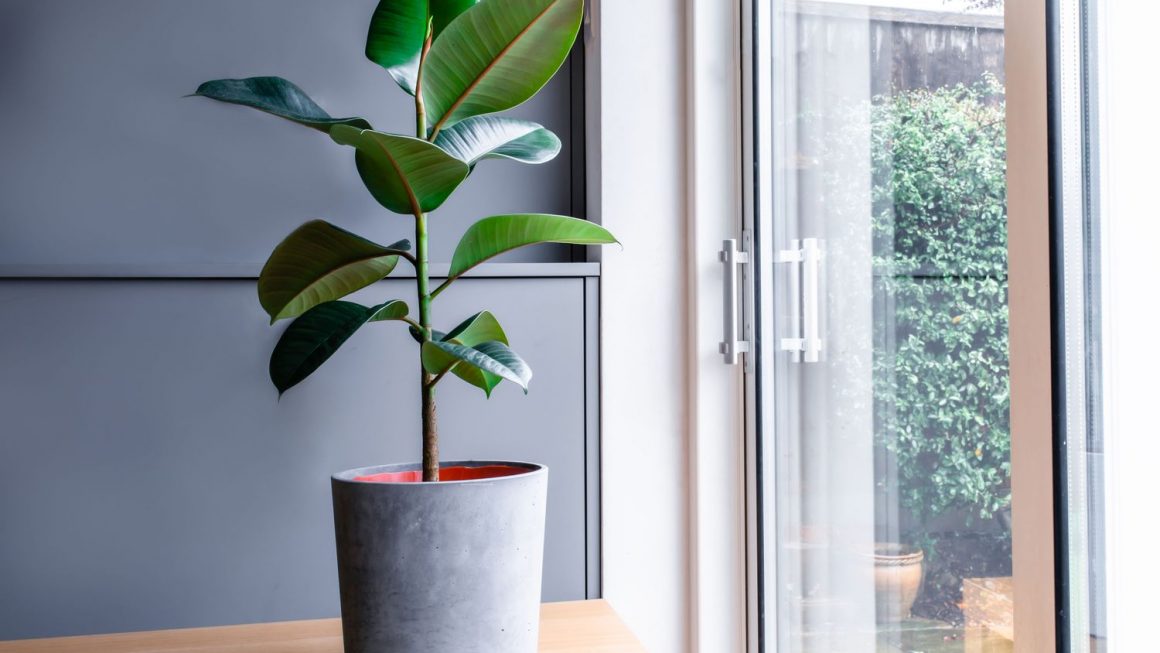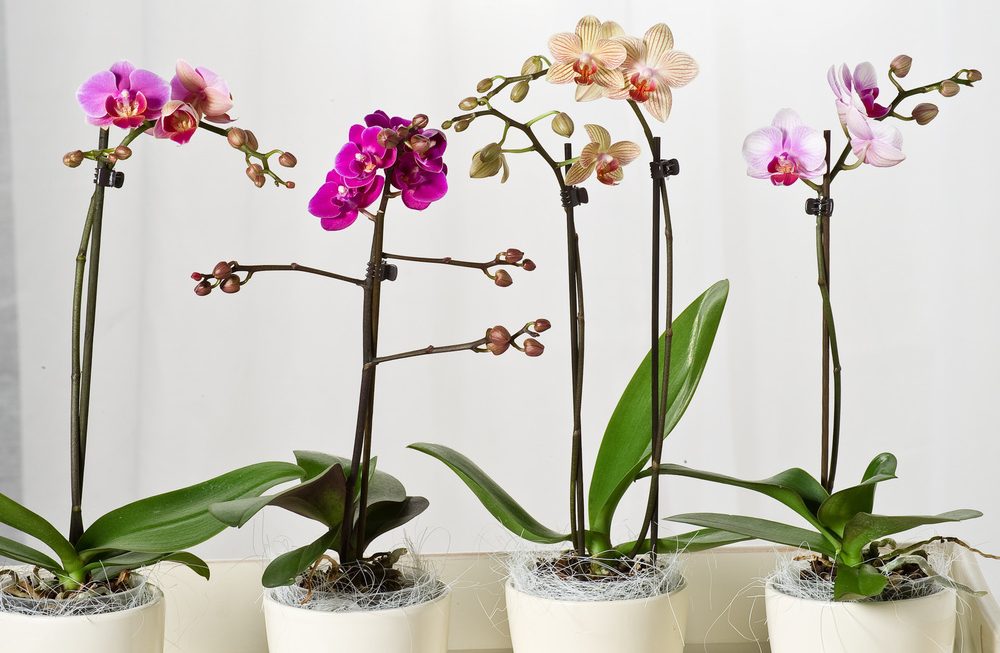Lavender, known for its fragrant and vibrant blossoms, is a delightful herb that can thrive indoors, imparting relaxation and natural beauty to your home. In this SEO-optimized blog post, we’ll delve into the essentials of lavender care, ensuring that this aromatic herb flourishes within the comfort of your home.
Choosing the Right Lavender:
- Lavender Varieties: Lavender comes in various types, each with unique characteristics. English lavender (Lavandula angustifolia) is a favored choice for indoor cultivation due to its compact size and aromatic flowers.
Planting Lavender Indoors:
- Selecting the Right Pot: Opt for a pot with excellent drainage to prevent waterlogging, as lavender favors well-draining soil. Terra cotta pots are an ideal choice.
- Potting Mix: Use a well-balanced potting mix with perlite or sand for enhanced drainage. Lavender thrives in slightly alkaline soil.
- Planting Depth: Plant the lavender at the same depth as it was in its nursery container, ensuring the crown is just above the soil level.
Providing Adequate Light:
- Sunlight Requirements: Lavender thrives on sunlight, so position your potted plant in a sunny window receiving at least 6-8 hours of direct sunlight daily.
- Supplemental Lighting: If natural light is insufficient, consider using grow lights to supplement sunlight, especially during the winter months.

Watering Lavender:
- Moderate Watering: Lavender prefers slightly dry conditions. Water the plant when the top inch of the soil feels dry, avoiding overwatering to prevent root rot.
- Watering Technique: Water at the base of the plant, preventing foliage wetting. Allow excess water to drain freely from the pot.
Maintaining Temperature and Humidity:
- Optimal Temperature: Lavender thrives in cooler temperatures between 60-70°F (15-21°C), avoiding exposure to extreme heat.
- Humidity Levels: Lavender prefers lower humidity, making it well-suited for indoor environments.
Fertilizing Lavender:
- Spring Feeding: During the growing season in spring, provide a balanced, water-soluble fertilizer to support lavender’s growth and lavender care.
- Reduced Feeding in Winter: In winter, when lavender enters a dormant phase, reduce or suspend fertilization.

Pruning and Harvesting:
- Regular Pruning: Prune lavender regularly to encourage bushiness and prevent legginess. Trim back spent flowers to promote continuous blooming.
- Harvesting Lavender: Harvest lavender stems just before the flowers fully open for the most potent fragrance. Dry the harvested stems in a cool, dark place.
Dealing with Pests and Diseases:
- Inspect Regularly: Regularly inspect lavender for pests such as aphids or spider mites as part of lavender care. Early detection allows for effective pest management.
- Organic Pest Control: Use organic methods such as neem oil or insecticidal soap to control common pests.
Caring for lavender indoors is a gratifying experience, bringing visual beauty and a soothing aroma to your living space. With attention to proper light, watering, and pruning, you can relish the benefits of this versatile herb right at home. Happy lavender care and gardening!






